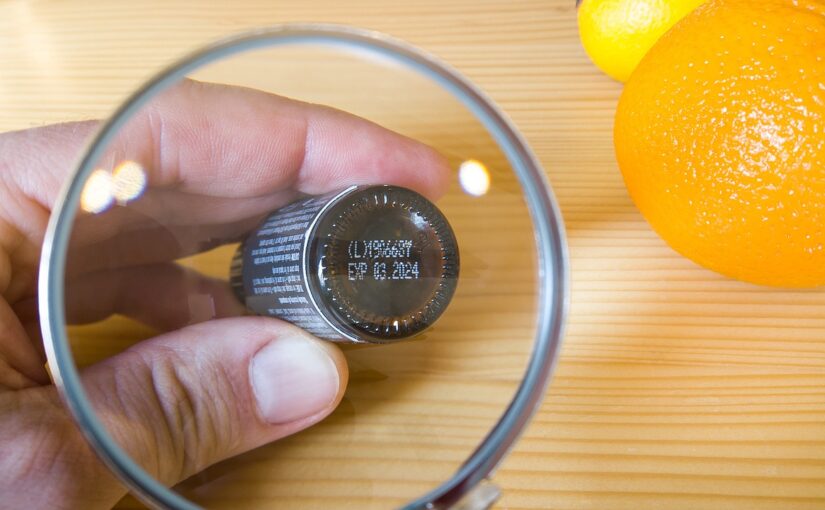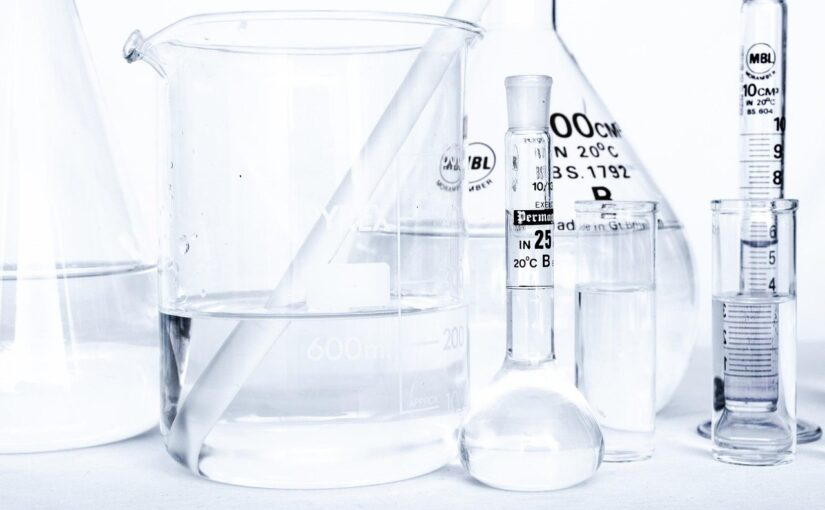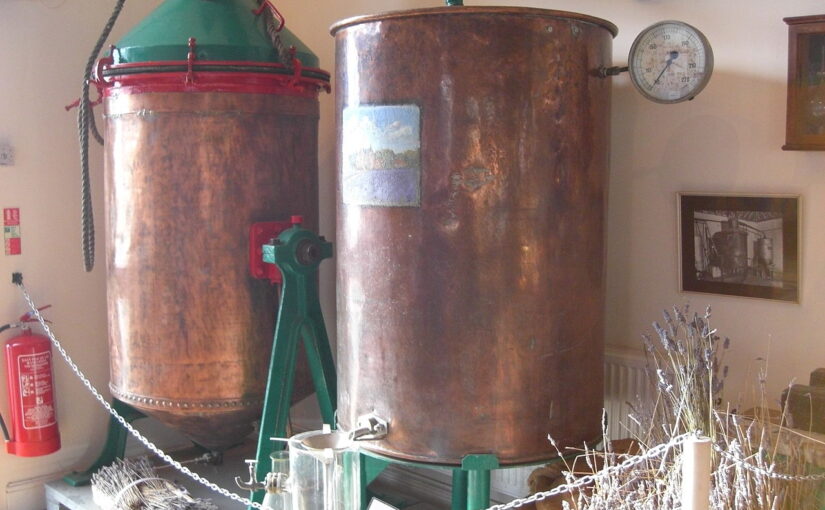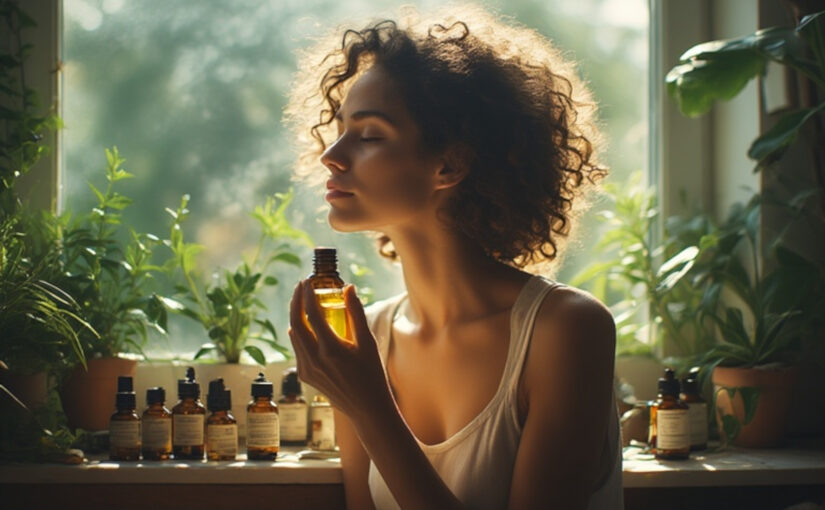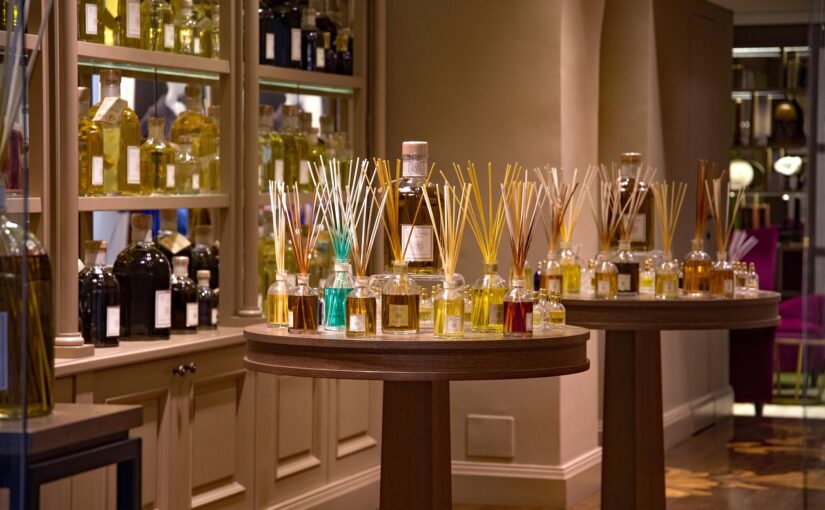When purchasing essential oils for aromatherapy, prioritizing quality and safety is paramount to ensure you obtain authentic, effective, and safe products that deliver the intended therapeutic benefits. The market for essential oils can be unregulated in many regions, making it essential for consumers to be discerning. Below is a detailed guide to selecting high-quality essential oils, understanding labeling, and ensuring safe usage and storage.
Continue reading Key Criteria for Choosing Quality Essential OilsCategory: Aromatherapy Guides & Articles
The Legal Side of Things (US, UK, EU, AU)
Essential Oil Regulation in the United States*
Essential oils in the United States occupy a complex regulatory landscape, with oversight and requirements determined by how products are marketed and used. Understanding these distinctions is crucial for manufacturers, practitioners, and consumers alike.
Continue reading The Legal Side of Things (US, UK, EU, AU)The Sense of Smell
The sense of smell, or olfaction, is one of the most profound yet often overlooked aspects of human experience. It is intimately connected to our emotions, memories, and behaviors, influencing us in ways that are both subtle and deeply powerful. In the context of aromatherapy, understanding the workings of olfaction unlocks the secrets behind the remarkable therapeutic effects of essential oils.
This exploration delves into the biological mechanisms of smell, revealing its direct connection to the brain’s limbic system, the center of emotion and memory. It examines how scent signals bypass conscious thought to trigger immediate, instinctive responses, and how this process empowers aromatherapy to influence well-being. The role of olfaction extends beyond healthcare, shaping experiences and behaviors in environments as diverse as workplaces, homes, and marketing arenas.
Chemistry of Essential Oils
The chemistry of essential oils is a captivating and intricate field that forms the foundation for their therapeutic and aromatic characteristics. These plant-derived extracts consist of a wide variety of chemical constituents, each playing a distinct role in shaping the oil’s unique scent, flavor, and physiological interactions. Known as volatile compounds for their tendency to evaporate readily, these substances are secondary metabolites produced by plants to serve functions such as defense, communication, and pollinator attraction. This rich chemical landscape is central to the practice of aromatherapy, offering scientific insight into the oils’ diverse therapeutic potentials. For example, citrus oils are renowned for their antimicrobial terpenes, while lavender’s soothing effects are attributed to its sedative esters. Each chemical class, including monoterpenes, sesquiterpenes, phenols, alcohols, aldehydes, ketones, esters, ethers, lactones, oxides, and phenylpropanoids, contributes uniquely to the oil’s overall profile, affecting its aroma, efficacy, and safety.
Continue reading Chemistry of Essential OilsHydrosols: Nature’s Gentle Aromatic Waters
Hydrosols, also known as flower waters or hydrolats, are the gentle, water-based by-products of essential oil distillation. While essential oils have long been prized for their concentrated aromatic and therapeutic properties, hydrosols offer a subtler, often safer way to experience the benefits of aromatic plants. Their history, versatility, and unique characteristics make them a valuable addition to natural health, beauty, and home care routines.
Continue reading Hydrosols: Nature’s Gentle Aromatic WatersEssential Oil Production: Methods, Processes, and Quality Considerations
Essential oils are highly concentrated, volatile aromatic compounds extracted from various parts of plants, flowers, leaves, bark, roots, seeds, and peels. Their production is both an art and a science, requiring careful attention to plant cultivation, harvesting, and extraction methods. The quality and therapeutic value of essential oils depend on every step of the process, from the field to the bottle. This article explores the primary methods of essential oil production, the importance of raw material preparation, and key factors that influence oil yield and quality.
Continue reading Essential Oil Production: Methods, Processes, and Quality ConsiderationsWhat Are Essential Oils Used For?
Essential oils are indispensable natural products with a vast range of uses across multiple industries. From flavoring foods and beverages to enhancing cosmetics and perfumes, from supporting health and wellness to improving animal nutrition, their applications are as diverse as their aromatic profiles. Their natural antimicrobial, anti-inflammatory, and therapeutic properties make them valuable alternatives or complements to synthetic chemicals and pharmaceuticals. Moreover, their economic importance is underscored by a thriving global trade that continues to expand.
Continue reading What Are Essential Oils Used For?Aromatherapy: Ancient and Modern Medicine
Essential oils are, quite literally, the botanical foundation of many modern medicines. From morphine and codeine to Vicks VapoRub, Listerine and lice treatments, countless contemporary remedies trace their origins to the potent compounds found in plant oils and extracts. To understand their significance today, we must travel back in time to the ancient civilizations of Egypt, Rome, Greece, Persia, India, and China, societies that laid the groundwork for the use of aromatic plants in healing.
Continue reading Aromatherapy: Ancient and Modern MedicineThe Aromatherapy Business in the USA & UK: A Fragrant Path to Entrepreneurial Success
Aromatherapy, the therapeutic use of essential oils to enhance physical and emotional well-being, has blossomed into a thriving industry in the United States, offering a wealth of opportunities for entrepreneurs. With a market size valued at USD 3.0 billion in 2024 and projected to reach USD 6.0 billion by 2033 at a compound annual growth rate (CAGR) of 7.6%, the demand for natural wellness solutions is driving unprecedented growth. This surge is fueled by increasing consumer awareness of holistic health practices, a desire for non-invasive stress relief, and the integration of aromatherapy into diverse sectors like spas, healthcare, and personal care. For aspiring business owners, the aromatherapy industry presents a fertile ground to build profitable ventures, whether through product creation, service provision, or educational platforms.
Continue reading The Aromatherapy Business in the USA & UK: A Fragrant Path to Entrepreneurial Success